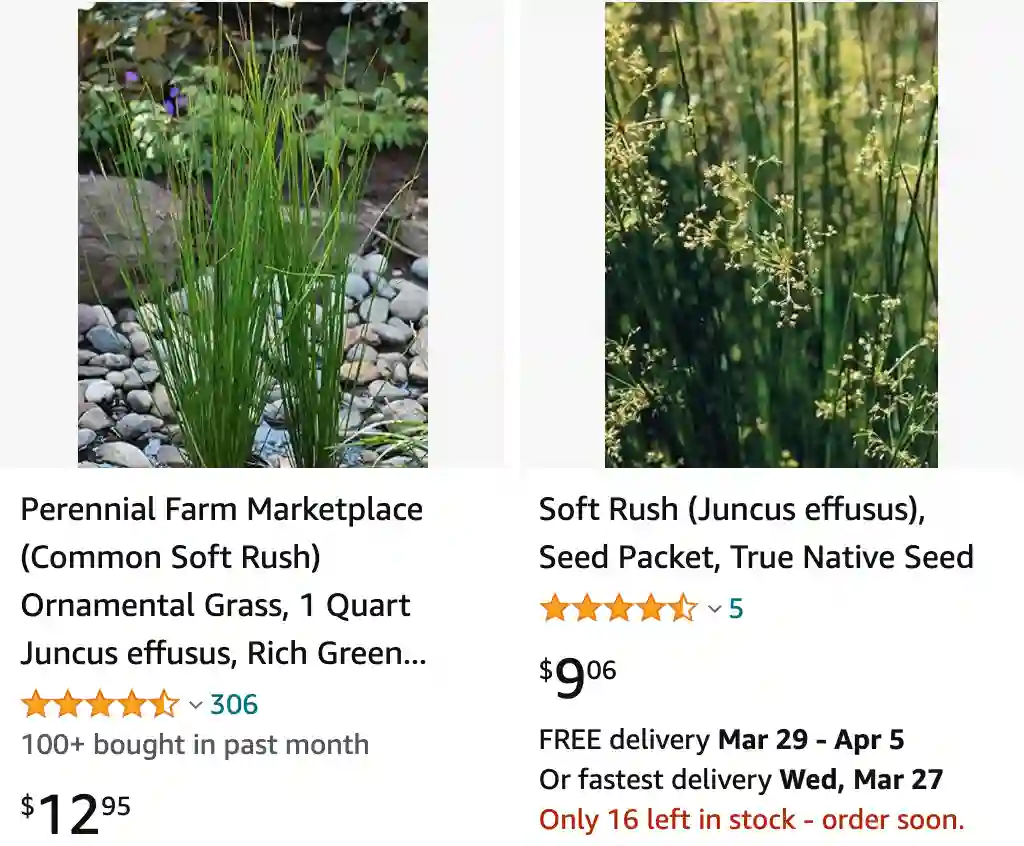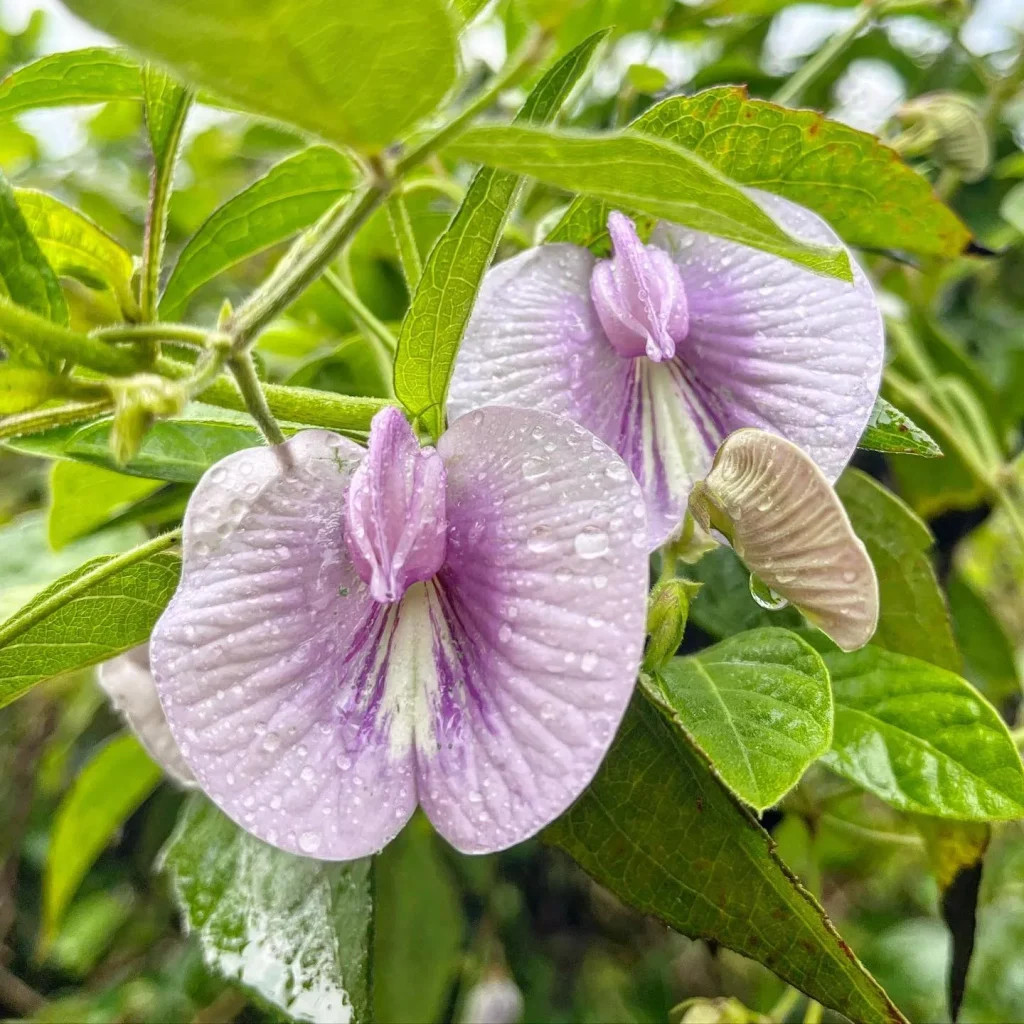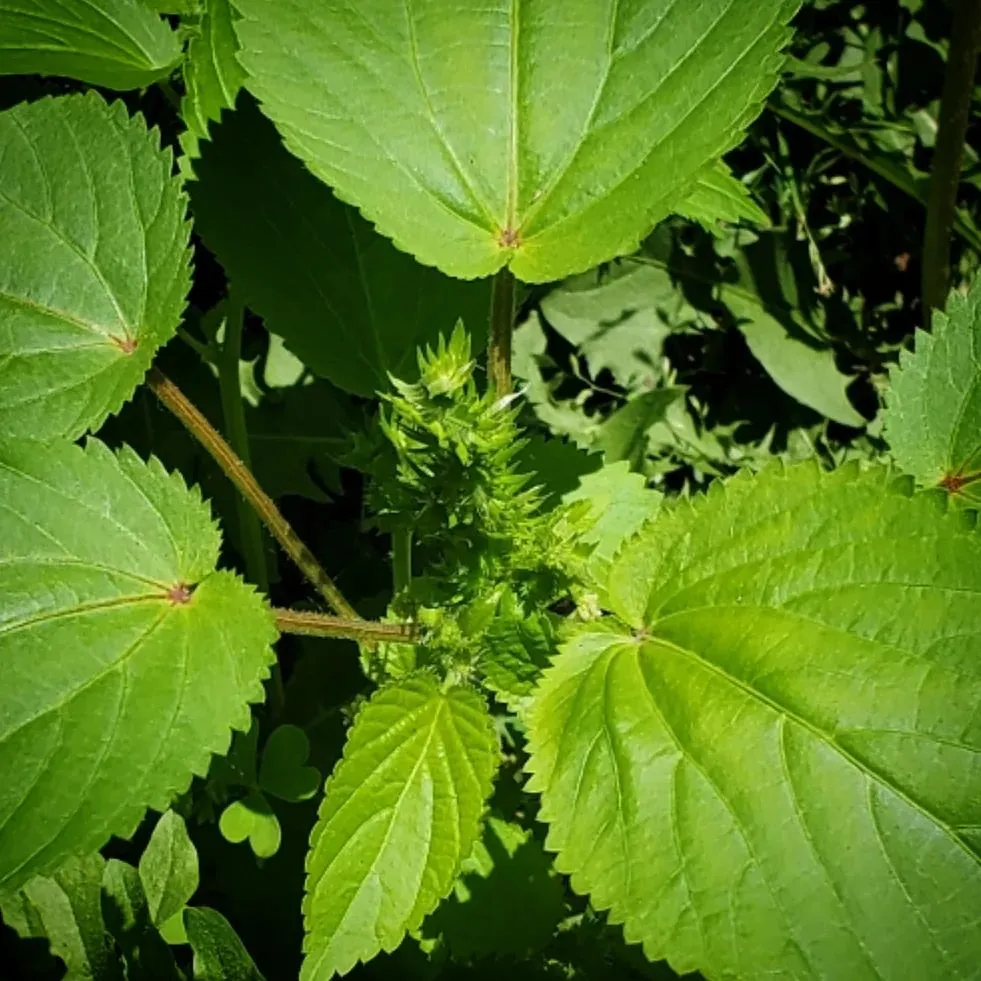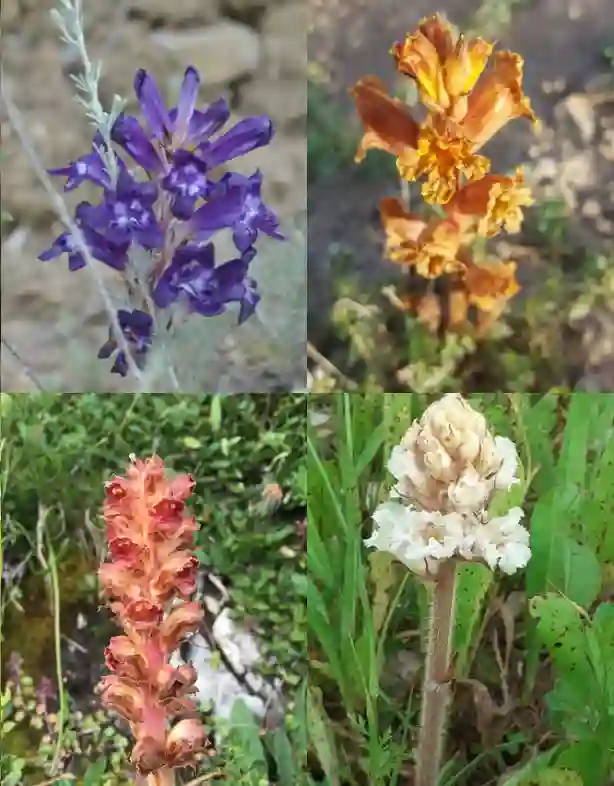
What is Juncus Effusus?
Juncus Effusus, commonly known as Soft Rush, is a fascinating perennial plant that I’ve recently taken an interest in. Originating from the Juncaceae family, this plant is often found in wetlands, marshes, and along the edges of ponds. Its distinctive, cylindrical green stems give it a unique appearance, making it a favorite among gardeners who seek to add a touch of natural elegance to their landscapes. Notably, there are several varieties of Juncus Effusus, including the popular Juncus Effusus Spiralis, known for its twisted, corkscrew-like stems.
366 Species in Genus Juncus
Juncus Effusus vs Tenuis
I find Juncus Effusus to be a charming addition to my garden with its robust, fountain-like foliage that adds a lush, natural feel to water features. On the other hand, Juncus Tenuis impressed me with its more delicate appearance and ability to thrive in slightly drier conditions, making it versatile for various landscaping needs.
How to Grow Juncus Effusus?
Growing Juncus Effusus is relatively straightforward, provided you can mimic its natural environment. Here’s what I’ve learned about cultivating this resilient plant:
- Choosing the Right Location: Juncus Effusus thrives in moist to wet soil conditions. If you’re planting it outdoors, choose a location that remains consistently damp, such as near a pond or in a low-lying area that collects water.
- Soil Requirements: The soil should be rich and well-draining. Although Juncus Effusus can tolerate a variety of soil types, it performs best in loamy or sandy soils that retain moisture without becoming waterlogged.
- Sunlight: This plant prefers full sun to partial shade. However, for optimal growth, ensure it gets at least six hours of direct sunlight each day.
- Planting: When planting Juncus Effusus, dig a hole twice the size of the root ball and place the plant at the same depth it was growing in its pot. Firmly press the soil around the roots and water thoroughly.
How to Care for Indoor Juncus Effusus Spiralis?
Growing Juncus Effusus Spiralis indoors can be a bit challenging but highly rewarding due to its unique appearance. Here’s how I take care of my indoor Juncus Effusus Spiralis:
- Potting: Use a large pot with drainage holes and fill it with a mix of potting soil and sand to ensure good drainage while retaining some moisture.
- Watering: Keep the soil consistently moist but not soggy. I find that placing the pot in a shallow tray of water helps maintain the necessary moisture level.
- Light: Place the plant in a spot where it receives bright, indirect sunlight. Too much direct sunlight can scorch the leaves, while too little light can hinder growth.
- Humidity: Juncus Effusus Spiralis enjoys high humidity. To maintain adequate humidity, mist the plant regularly or use a humidity tray.
- Fertilizing: Feed the plant with a balanced, water-soluble fertilizer every month during the growing season (spring and summer).
Can You Trim a Juncus Effusus Spiralis?
Yes, you can trim a Juncus Effusus Spiralis. In fact, trimming can promote healthier growth and maintain the plant’s aesthetic appeal. Here’s how I do it:
- Tools: Use a pair of sharp, sterilized scissors or pruning shears.
- Timing: Trim the plant during the growing season, typically in late spring or early summer.
- Method: Cut back any dead or yellowing stems at their base. You can also trim healthy stems to control the plant’s size and shape, but avoid cutting more than one-third of the plant at a time to prevent stress.
How to Replant Juncus Effusus Plant?
Replanting Juncus Effusus is necessary when the plant outgrows its current space or needs rejuvenation. Here’s my step-by-step guide:
- Preparation: Choose a suitable new location or pot. For outdoor replanting, prepare the site by ensuring the soil is moist and enriched with compost.
- Digging Up: Carefully dig around the base of the plant to lift it from the ground or its current pot, trying to keep the root ball intact.
- Division: If the plant is large, you can divide it by gently pulling apart the root clump into smaller sections, each with several stems and roots.
- Replanting: Place the plant (or divisions) into the prepared hole or pot, ensuring the roots are spread out. Cover with soil, press down firmly, and water well.
Is Juncus Effusus Poisonous to Cats?
From my research and experience, Juncus Effusus is non-toxic to cats. This makes it a safe option for pet owners who want to add greenery to their home without risking their feline friends’ health.
Is Juncus Effusus Poisonous to Dogs?
Similarly, Juncus Effusus is also non-toxic to dogs. It’s reassuring to know that this plant can coexist with our furry companions without posing any harm.
How to Propagate Juncus Effusus?
Propagating Juncus Effusus is typically done through division. Here’s how I successfully propagate this plant:
- Timing: The best time to propagate is in early spring or late summer.
- Dividing: Gently dig up the plant and divide the root ball into smaller sections, ensuring each section has healthy roots and shoots.
- Planting: Replant each division into its new location or pot, following the same planting guidelines as mentioned earlier.
- Aftercare: Water the new plants thoroughly and keep the soil moist to encourage root establishment.
In conclusion, Juncus Effusus is a versatile and striking plant that can enhance both outdoor and indoor spaces. With the right care and attention, this resilient plant can thrive and bring a touch of nature’s beauty to your home.
If i die, water my plants!



